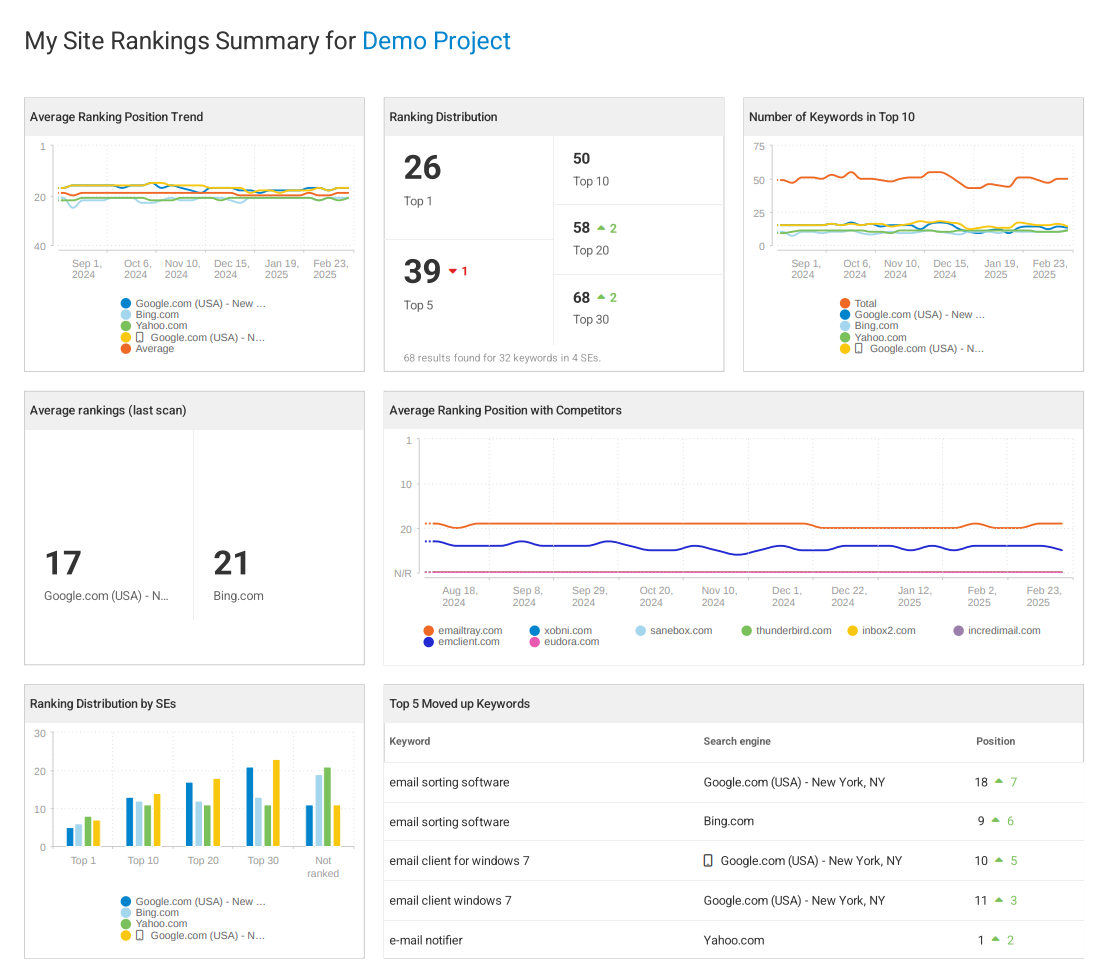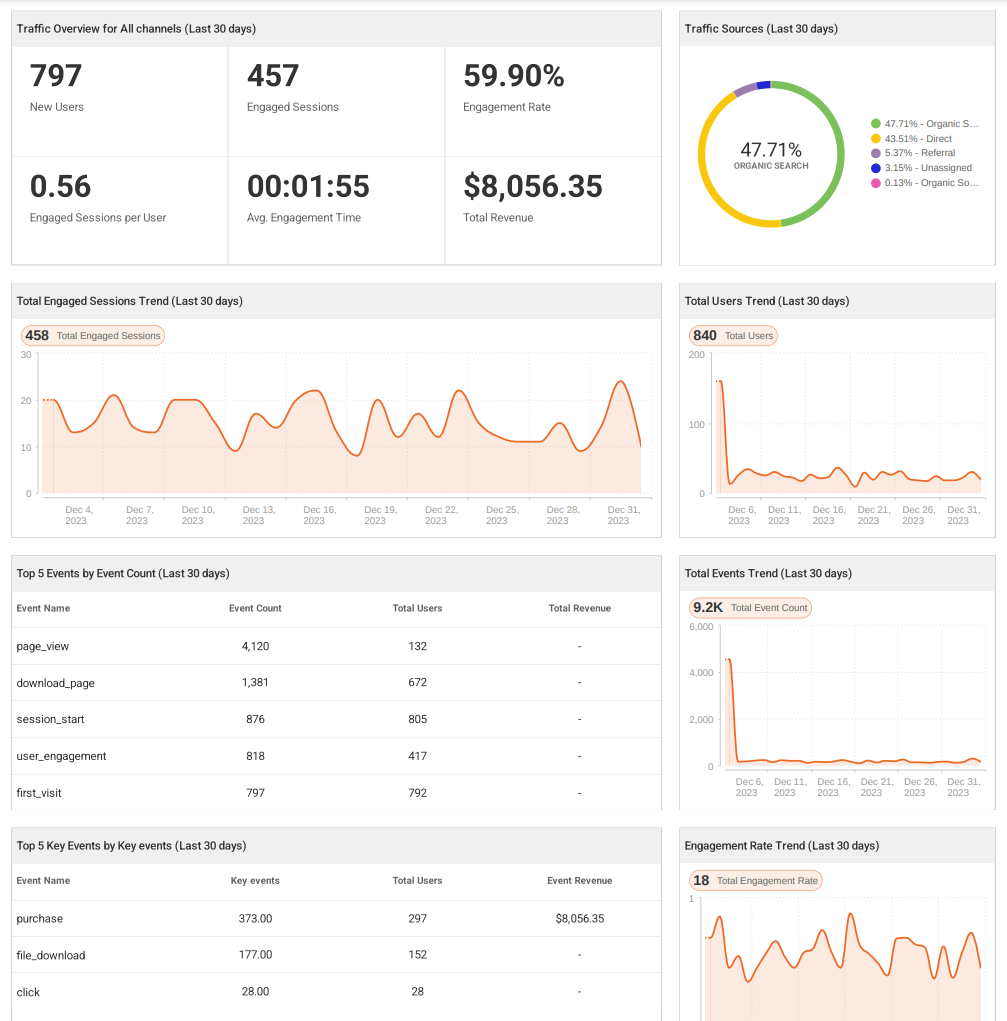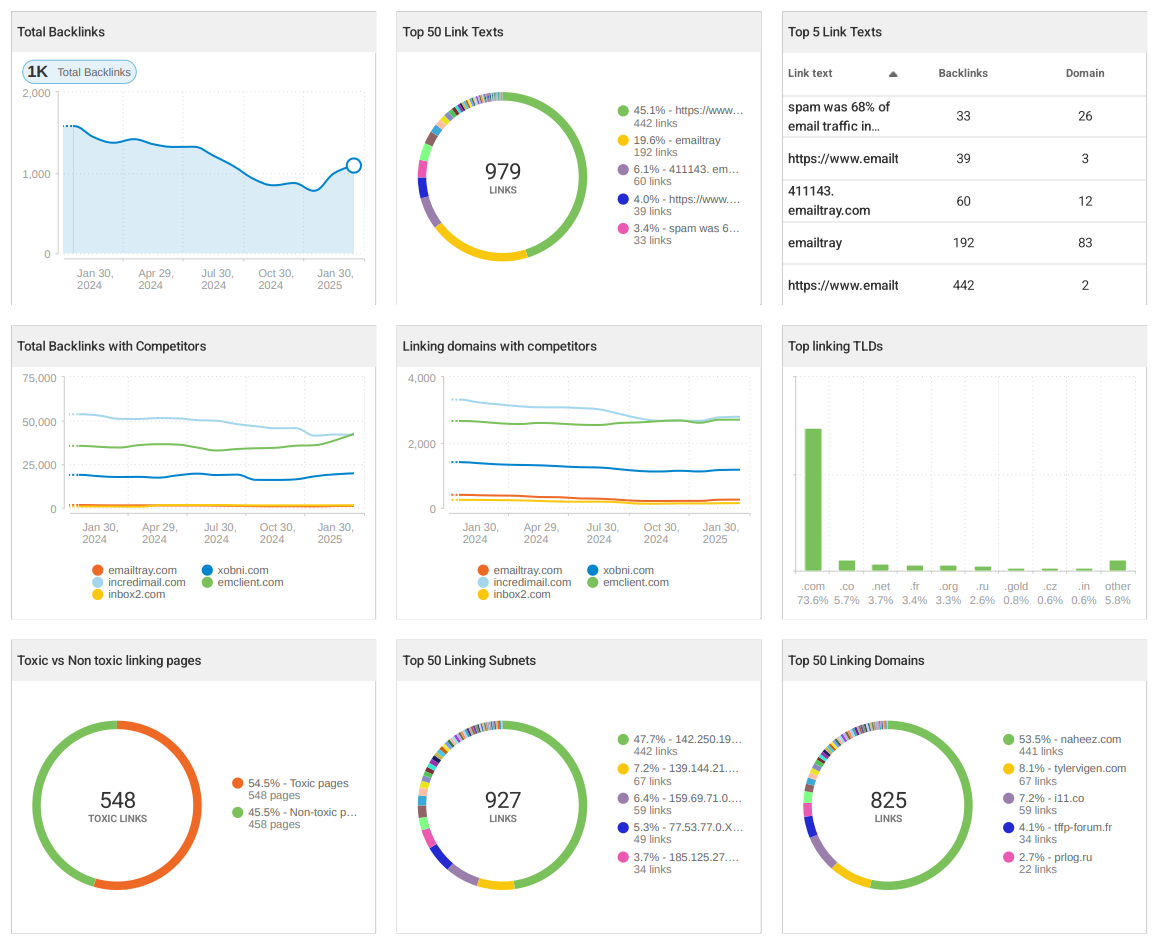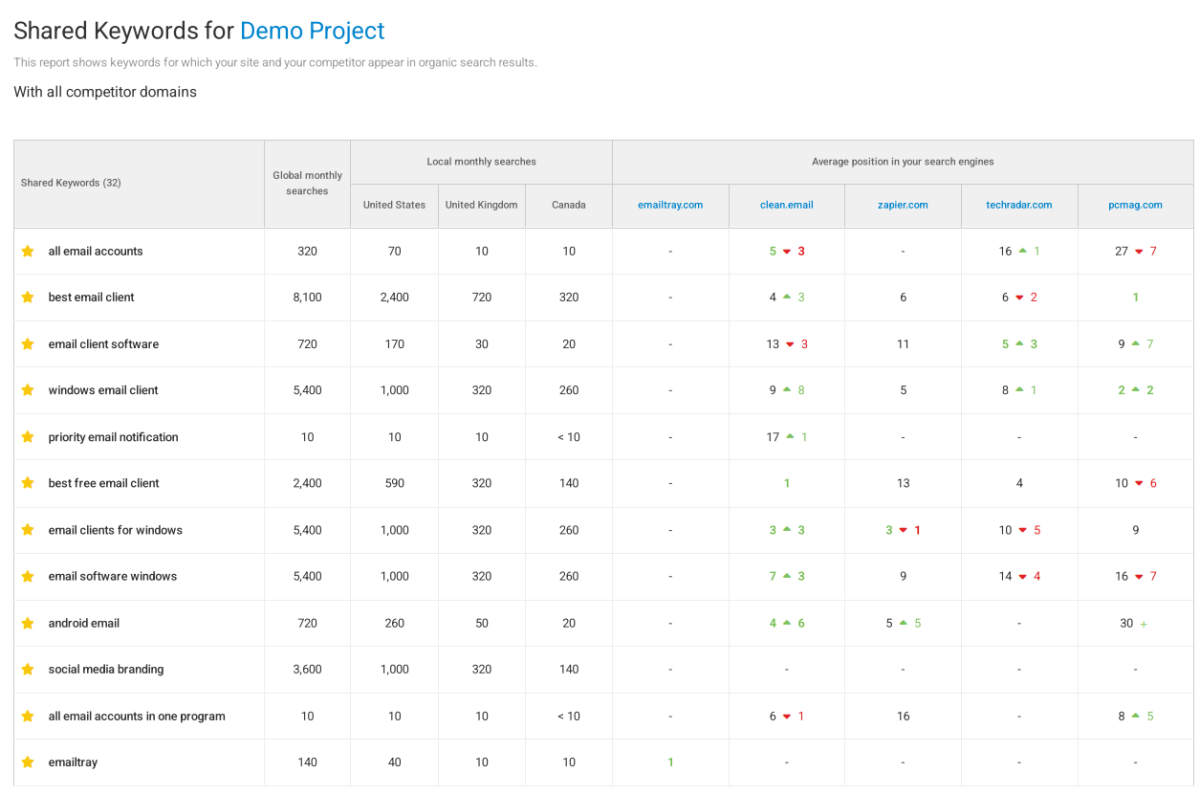
With SEO, you always want to know about your current situation. That’s why you check up on your website’s performance every month and summarize all the important metrics in an SEO report, which you send to your client.
But SEO reports do more than just display raw data. Their main purpose is to show your clients the SEO work you’ve done on their website.
In other words, they are the part before you get paid.
That’s why a well-crafted SEO report is just as important as SEO itself. Even a toddler can throw a bunch of data together. What you really want is a report that convinces customers to keep using your services – especially when you are sending them your first report.
What is a convincing – and converting – SEO report made of?
0. Unique report cover
First impressions matter, even more so for brands.
A well-made, customized cover can let the client know right off the bat: they are dealing with professionals. Their website is in good hands, and good news are coming.
Of course, nobody lingers on the cover page longer than a few seconds (unless its design is really cool). All it needs is just the essentials:
- Your brand name and logo;
- SEO report title;
- Date.
Make those seconds count and then proceed.
1. Keyword and site rankings analysis
Site rankings are a good place to start. Along with user traffic, improving them is the goal of SEO, and they are less complex of the two.
Most often you will be displaying Google rankings, sometimes in specific regions of the world. If your client is interested in other search engines (e.g. Bing), be sure to obtain the data from them as well. It may be a good idea to include the data from other search engines anyway, but only if the client’s site ranks there exceptionally well.
There’s a lot you can show in this part, and you want to show as much as possible. Put in your report all that’s applicable for you:
- Keywords currently occupying the top positions (top 1, 5 or 10);
- Newly added keywords’ positions;
- Newly added keywords which have and haven’t been effective;
- Pages ranking in the top positions;
- Pages that have entered or dropped out of the top positions;
- Number of recently improved positions;
- Number of recently deprecated positions;
- Changes in keyword positions by region;
- Google Ads campaign results (cost per click/key event).

2. Organic traffic analysis
Next you want to dissect the recently gained user traffic. This step present many opportunities to impress your client.
Here’s what you want to show:
- Changes in site visits (increased or decreased);
- Impressions and clickthrough rates;
- Bounce rates;
- Session depths and durations;
- Conversions;
- Brand vs. non-brand traffic – this is a good way to show if the client’s brand has become more famous.

3. External backlink analysis
Now you can get into the more technical parts of SEO that aren’t normally seen with the naked eye. Order can be flexible from this point on, but you definitely want to show the backlinks situation.
What are the points of interest here?
- Percentage of dofollow and nofollow backlinks;
- Number of new backlinks;
- Number of lost backlinks;
- New referring domains and their domain authority (if there are famous domains, you definitely want to brag about them);
- Pages with the highest number of backlinks;
- Unlinked mentions turned into backlinks;
- Toxic backlinks situation: how many were found, how many were removed and disavowed.

4. On-page SEO analysis
If you don’t neglect on-page SEO, you may end up not including this step in your report at all. But if you’ve made any improvements recently, by all means mention it.
Optimizing pages helps both Google and visitors understand your content better, starting from the moment it appears in search results. This means polishing your client’s on-page SEO can increase clickthrough rates and conversions.
Focus in your report on two things:
- Number of site pages improved. How you did it – by adding optimized titles, descriptions, headings – is secondary, although your client might be interested in these things.
- Structured data. Add it to a page, and its Google search result turns into a much more clickable rich snippet. Have you added any new rich snippets (or fixed structured data errors)? If yes, then it’s definitely worth bragging about.
5. Technical SEO analysis
Any website can break in a million different ways. This is where you show how good you are at fixing things.
The most common SEO problems include broken links and images, slow loading speed, poor level of mobile friendliness and so on. The more of them you can fix, the better your SEO report will look.
Even better if you can display the results of fixing those problems. For example:
- Number of broken links left: 0;
- Site speed increased by X%;
- Updated the sitemap with Y new page URLs indexed by Google.
6. Google’s manual actions
Sometimes you may be hired to SEO a website that’s been hit by a Google penalty. If a website violates Google’s guidelines and receives a penalty, Google will inform the webmaster via their Google Search Console account and describe the nature of the manual action in a message.
If you managed to solve the problem and made Google lift the penalty, definitely put it in the report. And if you can show that the site rankings and traffic have improved as a result, even better.
7. Competitor analysis
And of course, you can’t skip on mentioning your client’s online competitor situation. Who wouldn’t want to know if they have climbed the ladder or got knocked down? Even you, as a provider of SEO services, must be aware of such things.
In this step, you compare your client’s website’s performance to that of their direct competitors.
- Known competitors: if your client already knowingly competes against other brands, it makes things easier for you. Show in your report how everybody’s ranking for your client’s keywords – and how the rankings have changed since the last check-up.
- Previously unknown competitors: if you have uncovered other dangerous competitors that your client wasn’t aware of, you should certainly let them know.
- New competitors: not to be mistaken for the competitors that have already been there. New challengers will surely make your and your client’s work harder.
- Overtaken competitors: the ones your client has recently outranked. Even this part of the report needs to have some good news.
- Competitor backlinks: most of the time, the backlinks are the reason for the competitors’ high rankings. Find out which domains they are getting their backlinks from – then you may be able to show some new backlinks of your own in the next SEO report.

Wrapping up
Whether you use your own SEO tools or provide SEO services from a white-label domain, it’s the same in the end. A detailed report after a productive month of SEO will keep your client pleased and loyal.
And if you automate the process, your clients will always receive their SEO report on time.


